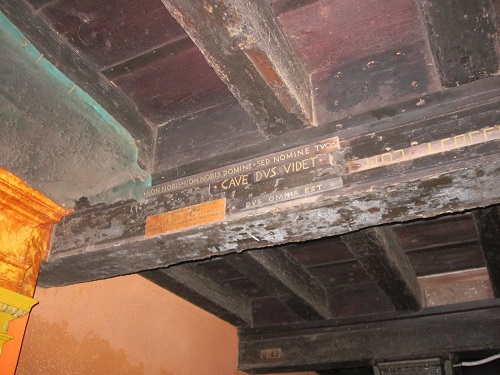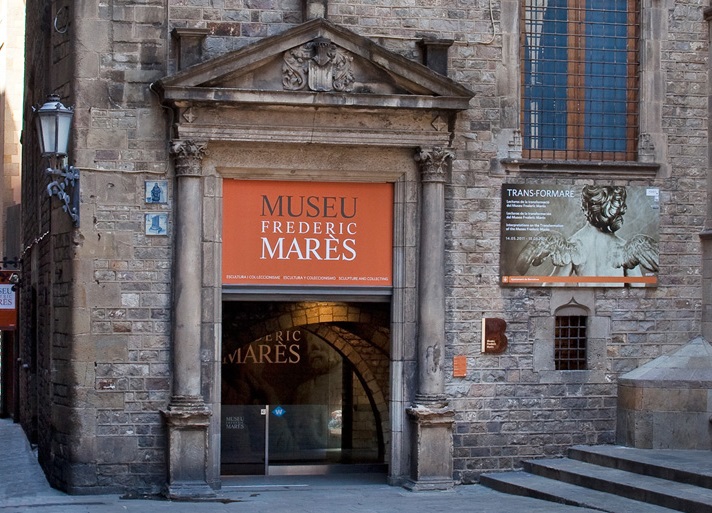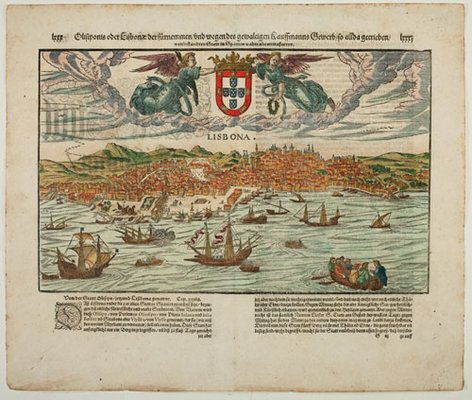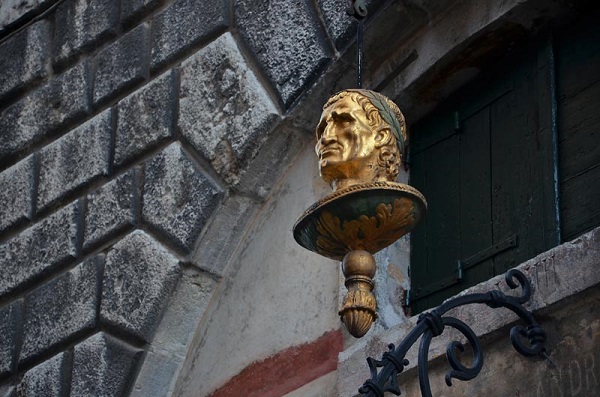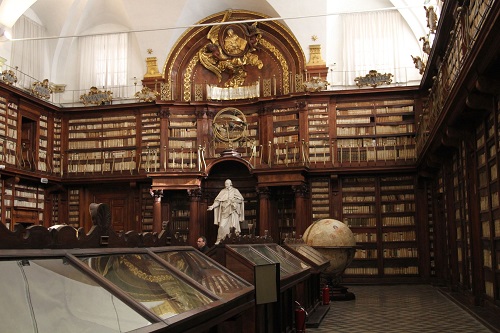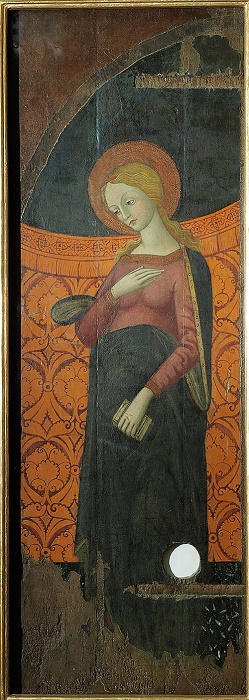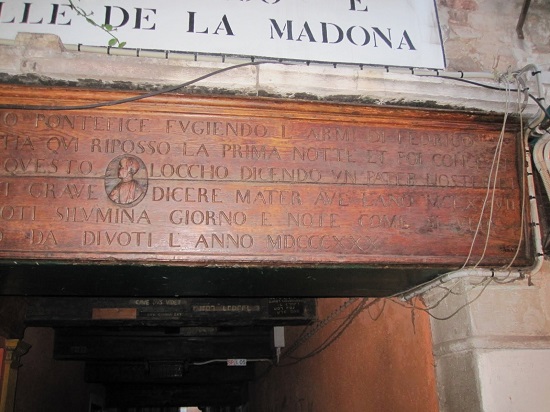
In Venice, just a short way from Campo Sant’ Aponàl, the entrance to Sotoportego della Madonna (at the corner of Calle Madonna and Calle del Perdon) has a text engraved in wood under the name of the sotoportego; in the middle is a small carved image that was inspired by a very curious anecdote.
Having come to Venice to sign a peace treaty with Emperor Frederick Barbarossa, Pope Alexander III was, according to legend, forced to spend the night here, out in the street. He was said to have feared that if, he slept at his official residence, he would fall victim to a plot hatched by the emperor. HIs official residence was the patriarchal Palazzo of San Silvestro not far from here, a fresco which can still be seen in the sotoportego that leads to the San Silvestro vaporetto stop.
There is however, another version of the story, which says that the Pope’s concern for his safety led him to spend the night on the other side of the Grand Canal, at San Salvador. Some sources argue that he did risk the night in the patriarchal palace, whilst others suggest that he may have slept near here, but not in the street. Documents reveal that the Templars (who apparently formed the pope’s personal guard) owned a “Casa della Madonna” that stood on the site of the building now to the left of the sotoportego, and that the pope slept there.
What is surprising is that there are neo-Templar inscriptions on the walls within the sotoportego itself, and a small sculpture of a sleeping pope has been placed behind the grille in front of the altar located within the sotoportego.

Those who say a single “Our Father” or “Hail Mary” at this spot are, as a result of this episode, said to receive a perpetual indulgence.
As an aside, if you look up in Sotoportego della Madonna, you will also find some curious inscriptions tucked away just below the ceiling, including the famous motto Non nobis domine, non nobis, Sed nomini tuo gloriam nos perituri mortem salutamos, a phrase long associated with the Templars. There is also a depiction of a small Knight Templar behind the bouquet of flowers on the “sleeping pope” altar. These inscriptions do not date from the time of the Templars; they were probably the fruit of some Templar revival associated with the Case della Madonna that had once belonged to the Templars.
